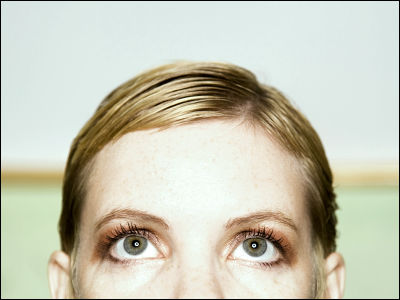When strongly impressed by 'beauty', the brain area 'default mode network' that should not respond to external stimuli is activated

by
People sometimes feel “beautiful” when they see art works such as paintings and magnificent nature, but not everyone sees the same thing and feels beautiful, and the standard of beauty is subjective. A research team of neuroscientists observes the human brain using nuclear magnetic resonance imaging (MRI), and within the brain of a person who feels beauty, a `` default mode network '' related to self-recognition and memory I found that an activity called
The default-mode network represents aesthetic appeal that generalizes across visual domains | PNAS
https://www.pnas.org/content/116/38/19155
Neuroscientists Find Our Experience of Beauty Is Linked to an Unexpected Brain Region
https://www.sciencealert.com/a-core-part-of-our-brains-may-contain-a-universal-code-for-what-we-find-beautiful
The default mode network refers to large-scale nerve activity in the brain area that is activated in the brain when a person 'thinks that he is not doing anything', mainly during rest or rest. It is said that the default mode network plays a big role in regulating people's self-sensation, and it is known that it activates when you omit yourself, remember memories, or imagine something. It has been. You can read more about default mode networking from the following articles:
Reasons why you don't have to worry about the habit of delusions and daydreaming-GIGAZINE

In general, the default mode network is not activated when performing external tasks or by external stimuli. However, Edward Vessel , a neuroscientist at the Max Planck Institute , has been studying the behavior of the default mode network for 'beauty' for several years.
In a 2012 study , Vessel discovered that the default mode network was activated when the artwork touched the string of people who watched it. When a work of art impresses an individual, a brain system that is not activated by normal external stimuli is activated, “Visiting a work of art can be surprisingly personal,” Vessel said. This is explained in the 2013 follow-up study .

by
Vessel and his team, who continue to study the relationship between feeling beauty and the default mode network, experimented not only with artwork but also with images of buildings and natural scenery. The research team showed 16 subjects various images such as works of art, buildings, and natural scenery, and measured brain activity using a technique called fMRI using MRI. Then, regardless of whether or not the subject was impressed with “beautiful” with respect to the image, different activity patterns were seen for each type of image in the area that controls vision in the brain.
The default mode network responded differently. If the subject did not feel the impression, the default mode network was not activated, but only if the subject was strongly impressed with the image, it was activated to the same level as the area that controls vision regardless of the type of image. It seems to have done.
In most cases, when looking at the outside, the area that controls the vision of the brain is most active, and the default mode network is separated from the visual stimulus. But if something is strong and aesthetically appealing to the human mind, the research team argues that the default mode network is activated and works.
It is unclear what the default mode network has in relation to beauty, but this study results show that the sense of “beautiful” received from the sight is linked in some way to the self-sense of the brain Suggests that In the future, the research team wants to study whether the activation of the default mode network is also activated by other external stimuli such as music and poetry.

Related Posts:







